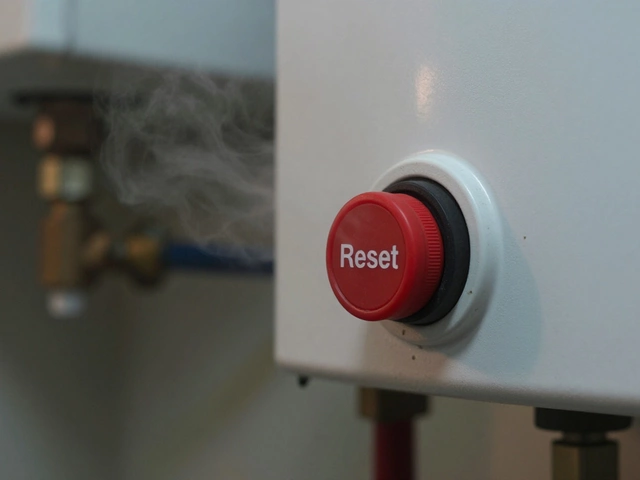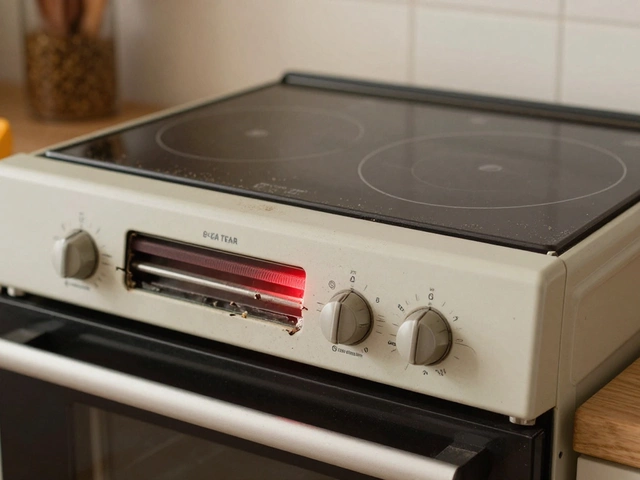Fridge Lifespan: What to Expect and How to Keep It Going
When talking about Fridge lifespan, the typical period a refrigerator remains functional before major parts wear out. Also known as refrigerator life expectancy, it sets the baseline for budgeting and planning. Regular Refrigerator repair, service that restores cooling, fixes compressors or seal leaks can push that baseline many years further. Likewise, a well‑managed Freezer lifespan, how long the freezer compartment operates efficiently influences the overall fridge health because the two share the same cooling system. Finally, consistent Appliance maintenance, cleaning coils, checking door seals and defrosting when needed is the glue that holds everything together. Fridge lifespan isn’t a static number – it reacts to how you treat the unit every day.
Key Factors That Shape Fridge Lifespan
First, usage patterns matter. A fridge that runs nonstop at full capacity generates more wear on the compressor than one that’s lightly loaded. Keeping the temperature set between 3‑5 °C for the fridge and –18 °C for the freezer balances energy use and component strain. Second, the environment plays a big role. Units placed near heat sources or in overly humid rooms experience faster coil corrosion and motor fatigue. Third, the quality of the door seal decides how hard the compressor works; a cracked gasket forces the system to run longer, cutting years off the lifespan. Lastly, energy‑efficient models with inverter compressors tend to last longer because they adjust power output instead of cycling on and off harshly.
Every time you open the door, warm air sneaks in, forcing the compressor to kick in. That’s why smart habits like grouping items before storing them and avoiding frequent door openings can add a few extra years. If you notice frost build‑up in the freezer or uneven cooling in the fridge, it’s often a sign that the system is overworking – a perfect moment to schedule a repair before a component fails completely.
Repair versus replacement is a common dilemma. When the compressor shows signs of failure, a professional diagnosis can reveal whether a simple seal replacement or a coil cleaning will restore performance. If repair costs exceed half the price of a new, energy‑star rated unit, swapping out might make more sense financially and environmentally. Remember, a new fridge usually comes with a longer warranty and better efficiency, which can offset the upfront expense over its extended lifespan.
Freezer lifespan deserves its own focus because many fridge problems originate there. A freezer that can’t maintain –18 °C often forces the fridge compartment to run hotter, accelerating wear. Simple steps like defrosting regularly, cleaning the evaporator fan, and ensuring the freezer isn’t overloaded can keep both sections humming. When the freezer’s compressor fails, the whole unit is affected, so addressing freezer issues early is a shortcut to preserving the overall fridge lifespan.
Appliance maintenance isn’t just about cleaning; it’s also about preventive checks. Once a year, pull the fridge away from the wall, vacuum the rear coils, and inspect the water filter (if you have one). Replace the filter according to the manufacturer’s schedule – a clogged filter can strain the water dispenser motor and indirectly affect cooling performance. Also, listen for unusual noises; a rattling compressor or buzzing fan often signals a problem that, if fixed quickly, won’t shorten the fridge’s life.
Energy efficiency cuts across all these factors. A fridge that runs at a lower wattage produces less heat, which means the compressor doesn’t have to work as hard. Look for the EU energy label; models rated A+++ consume up to 60% less power than older units. Upgrading to an efficient fridge can extend its operational years while also shrinking your electricity bill. Even if you keep an older model, you can improve its efficiency by keeping it well‑ventilated and avoiding over‑filling.
In short, the length of your fridge’s life hinges on how you use, place, and care for it. By tweaking temperature settings, sealing doors, performing yearly maintenance, and addressing repairs promptly, you influence the very core of its durability. Below you’ll find a collection of articles that dive deeper into each of these topics – from spotting early signs of trouble to weighing repair costs against buying new. Use them as a roadmap to get the most out of your refrigerator for as long as possible.


